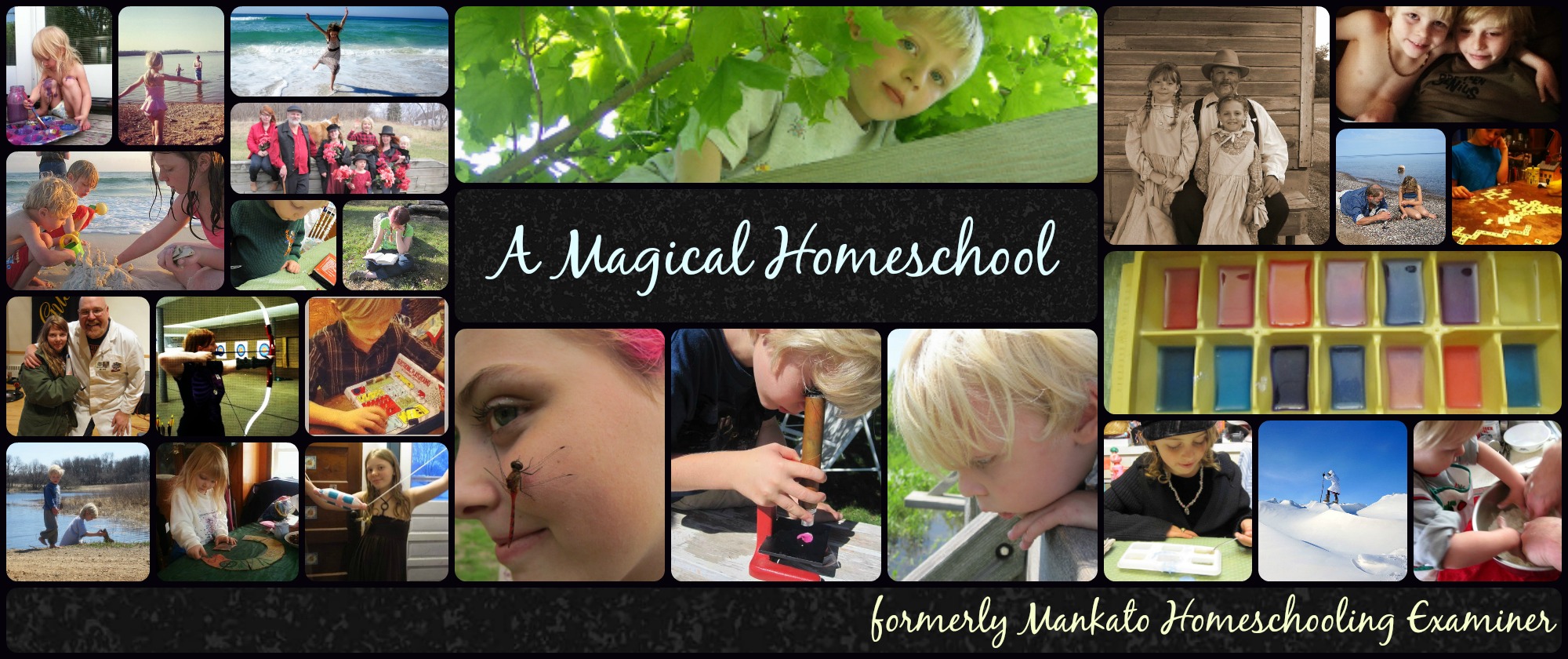
There are many ways to show kids how fun writing can be. It doesn’t have to be a struggle, and it doesn’t have to involve standard curricula or dry writing assignments. Indeed, kids will become the best writers if they think of writing as fun and open-ended.
One great way to help kids love writing is to provide them with all sorts of fun writing materials. Stock the house with all sorts of items such as blank books, fancy or silly pens, calligraphy markers, fun notebooks, pretty stationery and colored paper. If the tools are fun enough, kids may even search out ways to use them. Some kids love writing on black paper with colorful gel pens, for instance, or writing notes on personalized note cards. Consider non-traditional writing materials too, such as making quill pens from large feathers to dip in ink.
Kids also love writing when it is camouflaged as science or magic. Try experiments like writing a secret note in “invisible ink” (lemon juice) and then heating it by a warm light bulb to magically make the writing appear. Kids can write letters in white crayon and then give them to others to paint with watercolors or color over with markers to make the white writing show.
Remember that writing doesn’t have to start with big assignments. Kids may balk at being asked to write a one-page report but could have fun with a challenge to write a different sentence describing themselves on each of a dozen index cards, for instance. Point out afterwards how the cards could then be arranged with an intro sentence and summary sentence to make a great essay about themselves.
In the beginning, just try to get kids writing every day. The more they write, the more comfortable they will become and the longer their writing will tend to become. You are likely to find that once they’re doing writing they enjoy, they’re far more likely to keep going with it on their own.
Consider nontraditional forms of writing assignments, too. Kids may drag their feet at the idea of writing book reports but love the idea of posting book reviews to Amazon on books as they read them for instance — especially if they’re books they particular liked or disliked and they have control over issues like length.
Some kids enjoy taking part in writing challenges such as NaNoWriMo for Kids, an annual online writing event that takes place every November for kids worldwide. The free site provides all sorts of wonderful tools to get kids writing, such as free printable writing notebooks (available for elementary, middle school and high school levels), forums to connect with other young writers and lesson plans for teachers.
Shared journals can also be a great way to get kids writing. Many kids love having a “mom and me” or “dad and me” journal where they take turns writing notes for each other every day or every few days. These also make wonderful keepsakes later on. Even starting a family newsletter can help get kids excited about writing.
In the beginning, it may be helpful to provide the “bones” of writing projects for your child. You can easily fill a notebook page with the starts of sentences with spaces for the kids to finish each sentence or you can provide the prompts for each paragraph. For instance, you can write “I really love to…” at the top of a page and then “because” a little farther down, and ask your child to fill in the page.
Alternately, you can fill a page with prompts such as “Tell me something you believe everybody should learn how to do” and then “Why?” and then “Tell me three benefits people get from learning how to do this.” Remind your child to write the answers in full sentences and to work in the questions in their answers (such as “I think everybody should learn to swim” in the first section, instead of just “swim.”).
Many kids get excited about writing if they have control over what and how they write. Many kids enthusiastically start writing stories or even books about favorite subjects or genres, for instance. Whether it’s fan fiction about a favorite television show, their own Minecraft books or fantasy stories about a made up land, the act of writing will help kids improve more and more as they write.
They may also be happy to type stories and reports on the computer but dislike writing with pen and paper. If your goal is to help your child become a good writer, the computer can easily help accomplish this. You can work on handwriting as a separate issue with fun strategies to reinforce that (look for that article here soon).
Be sure to use constraint with corrections and criticism. Kids can be very insecure about their writing, especially when they are just starting. Too much correction can convince them that they aren’t good at it or take the fun out of it. You can nonchalantly mention changes to spelling or typos as you go, but be sure that most of your comments are about the work itself and not about errors.
You can give kids tools to help catch their errors and improve their writing as they get more comfortable writing. Teach them how to use spell check, along with the importance of knowing common pitfalls such as needing to know when to use your and you’re since spell check cannot catch all errors. Writing sites such can help them improve their writing and learn more about how to write well, too.
Also remember that one of the most important ways to improve writing is by reading. The more kids read, the better their writing skills will naturally become. Find ways to also expose them to other forms of writing besides just fiction and nonfiction books, such as poetry and news articles. Provide quality examples of academic writing like reports and essays, too, so they can start to develop the voice of a writer in all genres. Hearing or reading these will help them learn how good writing flows.
All of these strategies can help develop a child who not only is good at writing, but loves to do it. Have patience, set the stage, and keep it fun. A joy for writing will naturally follow.





